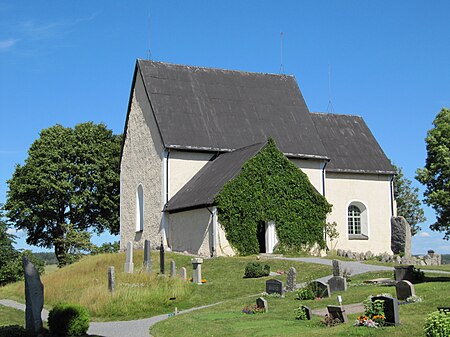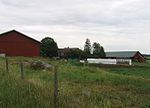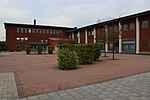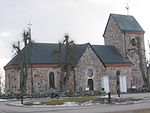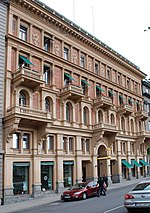The Snottsta and Vreta stones are individual runestones known as U 329, U 330, U 331 and U 332. They are found on the homesteads of Snottsta (also spelled Snåttsta) and Vreta, and they tell in Old Norse with the younger futhark about the family story of Gerlög and Inga in 11th century Uppland, Sweden, together with the Hillersjö stone (U 29) and the runestone U 20/21.
The inscriptions are classified as being carved in the runestone style Pr3, which suggests that they were carved in the period 1050–1080. They were carved first, then U 20/21, and last Gerlög's Hillersjö stone.
The four runestones say that Ragnfast, Inga's husband has died. Ragnfast was the sole inheritor of the homestead Snottsta after his father Sigfast. The runestone standing at Vreta gives the central information "she inherited her child". This statement agrees with what is said on the Hillersjö stone (U 29), which is that Inga inherited her son, a son who was not named, probably because he was very young. The central message of these runestones is that Inga inherited Snottsta after Ragnfast died.
Further information which is provided by the runestones is that Ragnfast had a housecarl named Assur. Why this is important is not mentioned, but it is likely that Assur had a strong position in the clan and may have inherited some of Ragnfast's property.
Furthermore, the runestone U 329 contains some information about a third and a fourth woman, Estrid and Gyrid. It says that Ragnfast is the brother of Gyrid and Estrid, and the reason why this is mentioned is possibly because there was a disagreement about the inheritance. What is clear is that they are mentioned to explain how they relate to Inga.
Estrid is probably the same person as the Estrid who is mentioned on a number of the Jarlabanke Runestones in Täby and other locations (Broby bro Runestones, Hargs bro runic inscriptions and Uppland Rune Inscriptions 101, 143 and 147). This Estrid was the maternal ancestor of a great clan called the Jarlabanke clan, and she was the maternal grandmother of the powerful Jarlabanke who claimed to own all of Täby. The inscription on U 329, where Ragnfast's sister Estrid is mentioned, has been attributed to the runemaster named Fot who also made the runestones for the Jarlabanke clan. This strongly suggests that Estrid was born in Snottsta, married Östen of Täby and married for the second time in Harg near Snottsta.
